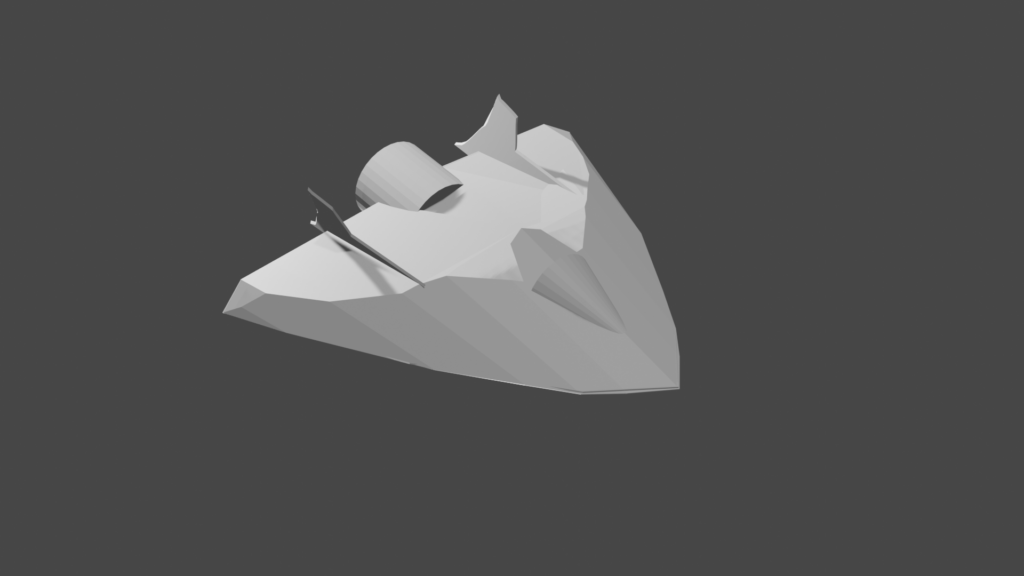My cyberairplanes
“Traitor” is a cyberairplane. A phone equipped with SASER is a cyberairplane control equipment. To date, I have three models of cyberairplanes: “Traitor”, “Dart” and “Black Shark”. They correspond to their own control equipment.
Let’s start with “Traitor.” The heavy reconnaissance forwarder “Thor” has the ability to holography. It has an autopilot mode that is controlled by the TC25 generic. All aircraft of this series are equipped with this autopilot. That is, both “Dart” and “Black Shark” have an autopilot with an increased ability to escape from enemy air defense missiles. In times of digital network-centric cyberwarfare, all aircraft controls are completely virtualized. The time of approach of the aircraft to the destination specified in the long-range aviation telemetry “Omega” is the accounted speed of the device in Mach. For “Traitor” it’s Mach 2.4.

“Dart” is slightly slower (only Mach 1.6), but due to full dispatching services it is capable of penetrating operations deep into the enemy’s territory. Accompanied by the “Traitors”, it causes no less damage to the enemy’s cyber infrastructure than the “Traitor” itself, which can accompany the “White Whale” heavy bombers. To date, holograms for cyberairplanes are being actively developed. So that the population of the target of the attack can see the visualization of this aircraft in the sky.
The main navigation screen of the device in which the telemetry destination is set is the SASER software. Thus, any autonomous device on the Android operating system can become a remote control for a cyberairplane. To date, SASER software is available in the Play Market store at a price of 8 Euro per license, as the main software for setting up telemetry and 4 free control systems for it: RTC4k radar, VLF antenna SAS24P3L, autonomous power management control system RAD96 and AVOX – communication system with AWACS.
The RTC4k aviation radar is a complete virtual copy of the U.S. Navy radars with an active phasing array. The compactness of this radar allows you to equip with it any cyberairplane of this series. The SAS24P3L VLF antenna is needed to extend the telemetry of the Omega navigation system to the enemy’s territory. Thus, paired with RTC4k, the complex of these two systems allows early detection of any enemy aircraft, including those equipped with an interchangeable moment-of-time and location substitution system Spirit, such as B-2, B-21 bombers. The AVOX closed communication channel provides an opportunity to combine cyberairplane systems into a single VoIP network, where one Security Authority Server (SAS) manages the entire fleet of virtual devices. RAD96, in turn, allows cyberairplanes to exit the formation in case of danger and make their power management fully autonomous.
A set of generics of the cyberairplane control system allows not only to perform a holography of the aircraft itself, but also to perform a simulation of sound waves. Thus, it gives a complete impression of the presence of a real physical machine in the air.